Gauguin Paul
1848-1903 France/Post-Impressionism-Cloisonnism
Click an Image to Enlarge
Landscape

Night Cafe at Arles
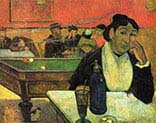
Mette Gauguin

The Siesta

Watermill
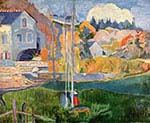
Maternity

Arearea
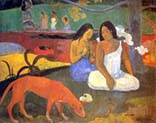
A Woman

Day of the God
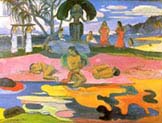
Breasts

Spirit of the Dead

Three Puppies

Annah

Vison

Yellow Christ

Be in Love

Breton Bather

Garden of Olives

Cruel Tales

Riders

Hut Under Palms

Japanese Woodcut

Les Alyscamps

Garden

Tahitian Women

Self-portrait

Still-Life with Fruit
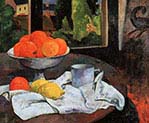
Moon and the Earth

The Rare te Oviri

Seed of the Areoi

The Swineherd
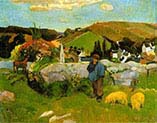
Sorcerer

Where Do We Come

Woman with a Flower
